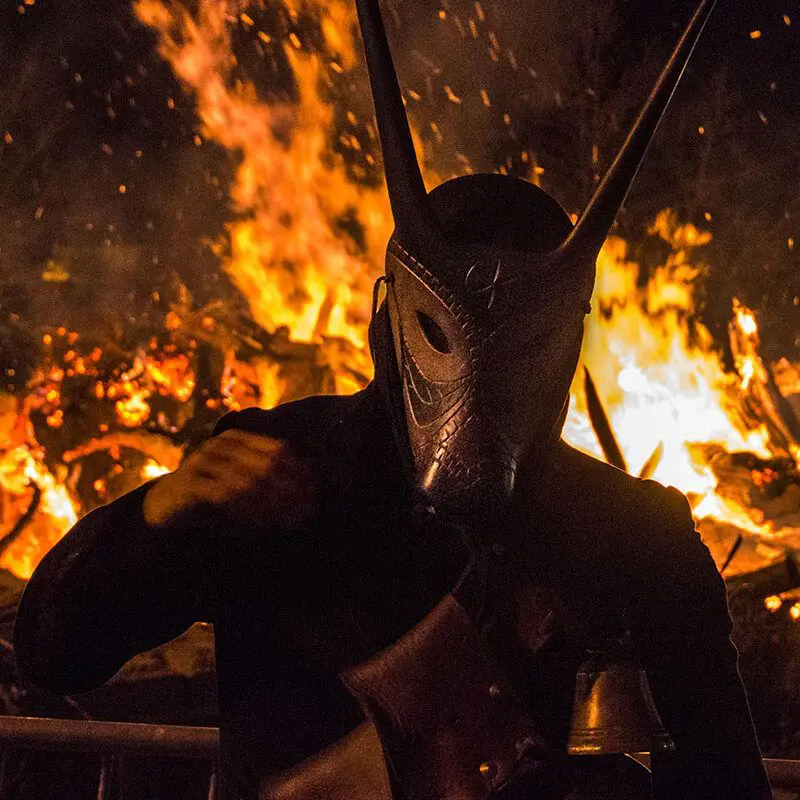A Guide to the Carnival in Sardinia: Events and Celebrations
The Significance of Carnival in Sardinia
The Carnival in Sardinia is a vibrant celebration deeply rooted in history and culture. It reflects the island’s unique identity and its ancient origins, tied to pre-Christian rituals celebrating the revival of nature in spring. Over centuries, these traditions have evolved, blending with influences from various cultures that shaped Sardinia. The mix of ancient practices and modern festivities is evident in the diverse ways Carnival is celebrated across towns and villages.

Masks and Costumes: Windows to Sardinian Folklore
One remarkable aspect of Sardinian Carnival is the variety of masks and costumes worn by participants. These costumes are not mere disguises; they embody local folklore and mythology. Handcrafted masks depict legendary characters, such as the fearsome Mamuthones and playful Issohadores, who roam the streets during processions. These figures symbolize Sardinia’s connection to its past, preserving stories and beliefs passed down through generations. This expression of folklore plays a vital role in safeguarding Sardinia’s cultural heritage and showcasing its identity through art and performance.
Major Carnival Events and Highlights
Sardinian Carnival is a dynamic showcase of tradition, offering events that captivate both locals and visitors. Among the most famous celebrations is Sa Sartiglia in Oristano. Horse riders in elaborate costumes participate in thrilling tournaments, held on the Sunday and Tuesday before Ash Wednesday. They gallop through the city, aiming to strike a suspended star in a breathtaking display of speed and skill. This event combines excitement and cultural depth, leaving spectators enthralled.
In Tempio Pausania, the Carnevale di Tempio dazzles with its unique costumes, floats, and parades. One highlight is the colorful mask procession, where participants wear intricate outfits reflecting the region’s heritage. The festival culminates in a grand parade, inviting everyone to dance, celebrate, and savor local delicacies.
Another must-see event is Su Barchile in Villagrande Strisaili, known for traditional folk costumes and performances by local groups. Each group showcases a distinct aspect of Sardinian culture, creating a lively tapestry of music and dance over several days. Visitors can immerse themselves in these unique customs and traditions.
For families, the Carnival in San Gavino Monreale offers a delightful experience with its theatrical representations and folklore. The enchanting performances cater to all ages, making it an ideal destination for shared festivities.
Traditional Costumes and Symbols of Sardinian Carnival
Sardinian Carnival costumes are renowned for their vibrant and intricate designs. These outfits, steeped in historical and cultural significance, tell stories of the island’s past. Crafted with care using materials like wool, leather, and ornate fabrics, the costumes reflect Sardinia’s heritage and the artistry of its people. For instance, the iconic Mamuthones wear heavy cloaks adorned with cowbells, symbolizing the island’s agricultural roots and rural traditions. These costumes not only enhance the visual spectacle but also convey themes of fertility, abundance, and life’s cyclical nature.
Each costume and character embodies a narrative, ranging from mythical beings to historical figures. By wearing these costumes, participants bring legends to life, engaging audiences in a shared cultural experience. The blend of colors, textures, and symbols in these outfits highlights Sardinia’s aesthetic richness while preserving its cultural legacy.
Tips for Enjoying the Carnival in Sardinia
To fully enjoy Sardinian Carnival, plan your visit strategically. The festivities typically start in early February and lead up to Lent. Arriving a few days early allows you to soak in the pre-celebration excitement.
Booking accommodations in advance is essential, as hotels fill up quickly. Consider staying in local guesthouses or agriturismos to experience authentic Sardinian hospitality.
Savoring local cuisine is a must during Carnival. Try traditional dishes like culurgiones (stuffed pasta), seadas (cheese-filled pastries), and malloreddus (Sardinian gnocchi). Food stalls during the festivities provide a great opportunity to enjoy authentic flavors while immersing yourself in the lively atmosphere.
To navigate events seamlessly, familiarize yourself with the schedule and routes of processions in advance. Local tourism websites offer updated information to help plan your itinerary. Participating in workshops or guided tours can also deepen your understanding of Carnival traditions.
Finally, respect local customs to enhance your experience. Dress appropriately for events featuring traditional costumes and engage warmly with locals. Your enthusiasm will be reciprocated, making your Sardinian Carnival experience unforgettable.
